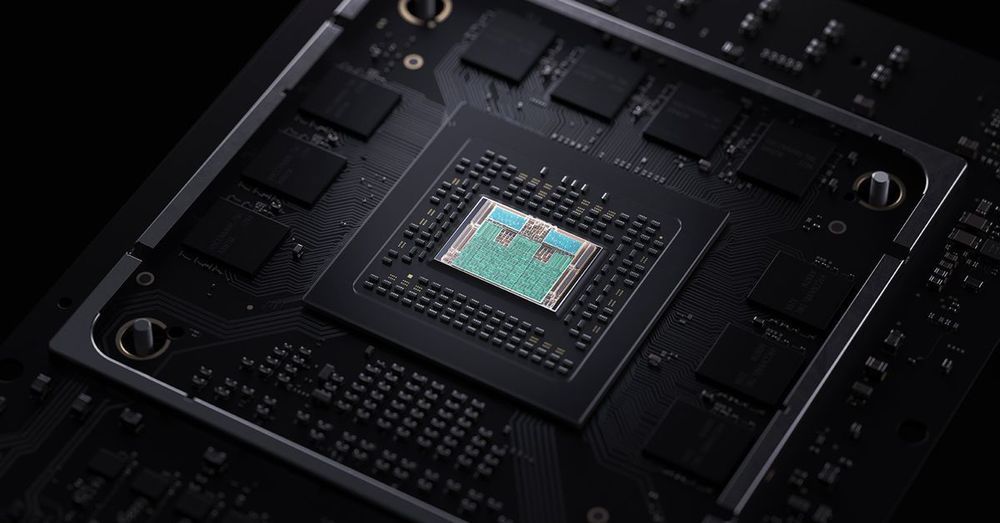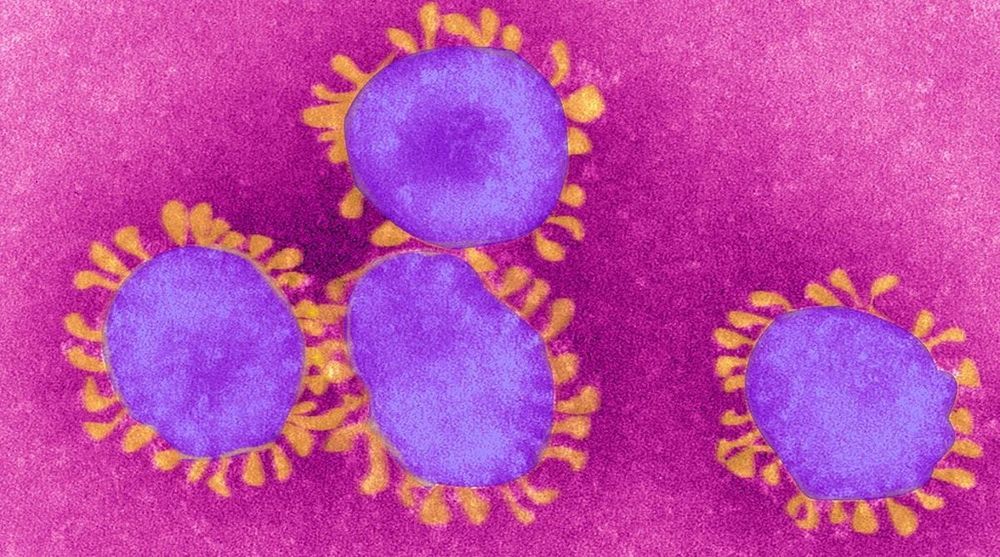Live statistics and news tracking the number of confirmed cases, recovered patients, and death toll by country due to the COVID 19 from Wuhan, China. counter with new cases, historical data, and info. Daily charts, graphs, news and updates.





Epidemiologist Neil Ferguson, who created the highly-cited Imperial College London coronavirus model, which has been cited by organizations like The New York Times and has been instrumental in governmental policy decision-making, offered a massive revision to his model on Wednesday.
Ferguson’s model projected 2.2 million dead people in the United States and 500,000 in the U.K. from COVID-19 if no action were taken to slow the virus and blunt its curve.
However, after just one day of ordered lockdowns in the U.K., Ferguson is presenting drastically downgraded estimates, revealing that far more people likely have the virus than his team figured. Now, the epidemiologist predicts, hospitals will be just fine taking on COVID-19 patients and estimates 20,000 or far fewer people will die from the virus itself or from its agitation of other ailments, as reported by New Scientist Wednesday.
This super strong may bring us closer to lifelike robots.
This super strong artificial muscle may bring us closer to lifelike robots.

The rescue package contains specific measures to address the spike in unemployment claims.
“It is reasonable to expect that some, perhaps many, but not all, of these jobs will come back once we venture back into public,” Mark Hamrick, senior economic analyst at Bankrate.com, said. “One of the goals of the legislation now moving through Congress is to help many businesses survive and retain workers.”
“It’s beyond anything we have ever seen. It’s the speed that is so painful,” Swonk said.
The Future of Human Aging: Implications of Induced Tissue Regeneration (iTR), with Michael D. West, Ph.D., Co-CEO of BioTime.


The initial cases of novel coronavirus (2019-nCoV)–infected pneumonia (NCIP) occurred in Wuhan, Hubei Province, China, in December 2019 and January 2020. We analyzed data on the first 425 confirmed cases in Wuhan to determine the epidemiologic characteristics of NCIP.
Since December 2019, an increasing number of cases of novel coronavirus (2019-nCoV)–infected pneumonia (NCIP) have been identified in Wuhan, a large city of 11 million people in central China.1–3 On December 29, 2019, the first 4 cases reported, all linked to the Huanan (Southern China) Seafood Wholesale Market, were identified by local hospitals using a surveillance mechanism for “pneumonia of unknown etiology” that was established in the wake of the 2003 severe acute respiratory syndrome (SARS) outbreak with the aim of allowing timely identification of novel pathogens such as 2019-nCoV.4 In recent days, infections have been identified in other Chinese cities and in more than a dozen countries around the world.5 Here, we provide an analysis of data on the first 425 laboratory-confirmed cases in Wuhan to describe the epidemiologic characteristics and transmission dynamics of NCIP.
